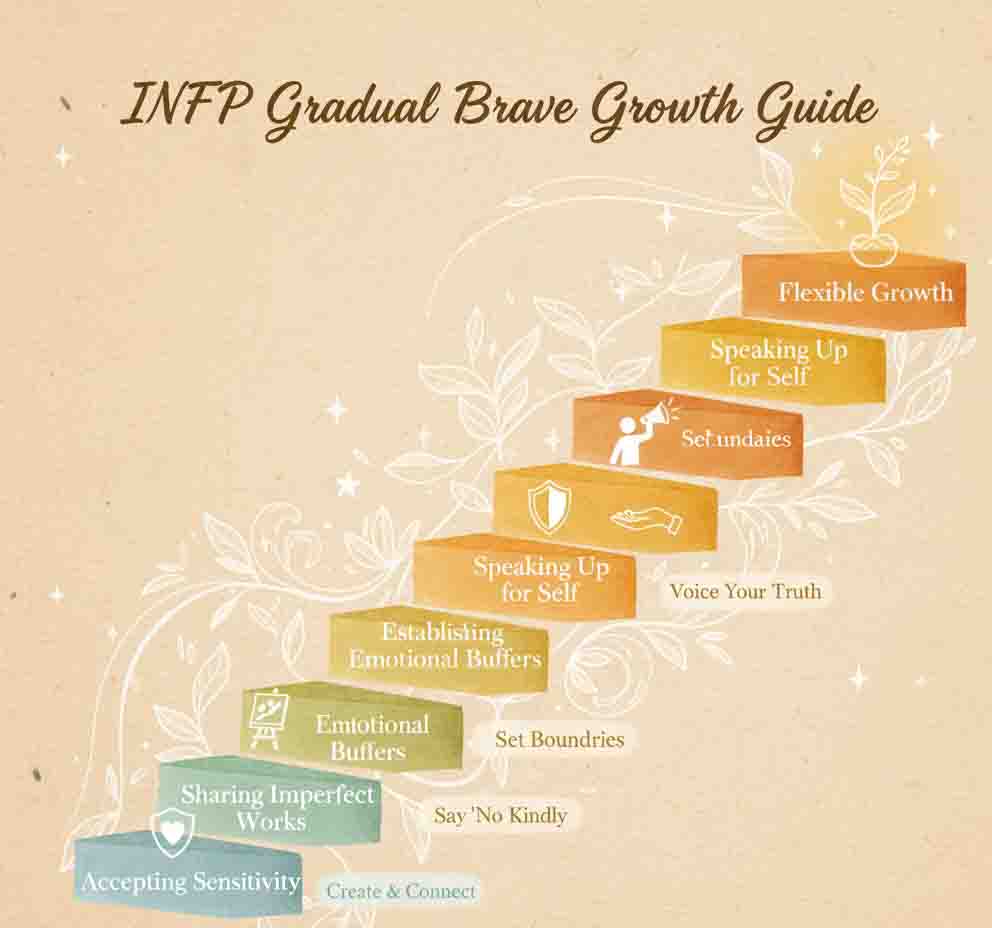When Life Hits Pause: Finding Certainty in Uncertainty
Last winter, I experienced a major career setback. For three consecutive weeks, my first morning ritual was checking my phone, anticipating an apology call that would never come. I called this waiting “morning torture” – knowing the outcome yet unable to stop hoping for a miracle.
Then one Tuesday, watching the same plane tree outside my window, I suddenly realized: it wasn’t that the external world refused to change, but that I resisted changing my response.
Redefining Emotional Resilience
Emotional resilience isn’t about numbness, but the ability to remember to breathe amidst storms. It’s more like a muscle requiring regular training rather than occasional bursts of effort.
7 Daily-Integrated Resilience Practices
1. Emotion Naming Practice
When discomfort strikes, try describing it precisely: “This isn’t anger, but the sting of dignity being violated” or “Not anxiety, but alertness facing the unknown.” Precise naming instantly reduces emotional pressure.
2. Creating “Micro-Moment” Archives
Collect fragments that bring calm or joy: warmth of a coffee cup, osmanthus fragrance at a particular corner, texture of an old sweater. Consciously recall these sensory memories during emotional turbulence.
3. Implementing the “Five-Minute Rule”
For anything you “don’t feel like doing,” commit to just five minutes. After that, you’re free to continue or stop. This strategy effectively bypasses internal resistance mechanisms.
4. Building a “Support Menu”
List the most suitable for different emotional states: contact Friend A for advice, Colleague B for listening, Family Member C for distraction. Avoid desperate measures when vulnerable.
5. Designing “Emotional Transition Rituals”
Create buffers between work and life: specific podcasts during commute, fixed stretching routines before bed. These rituals act like psychological “airlocks” for smoother state transitions.
6. Practicing “Possibility Thinking”
When trapped in “all is lost” thinking, ask: what three unexpected benefits could this situation bring? Force your brain to seek alternative narratives.
7. Setting “Growth Markers”
Regularly review and record resilience moments: “I remained calm facing criticism last week” or “Successfully transformed anxiety into action yesterday.” These markers become future confidence sources.
From Knowing to Doing
Building resilience isn’t about becoming someone else, but cooperating with your present self. As a friend who navigated multiple career transitions said: “I stopped waiting for storms to pass, and learned to recognize directions while walking in the rain.”



